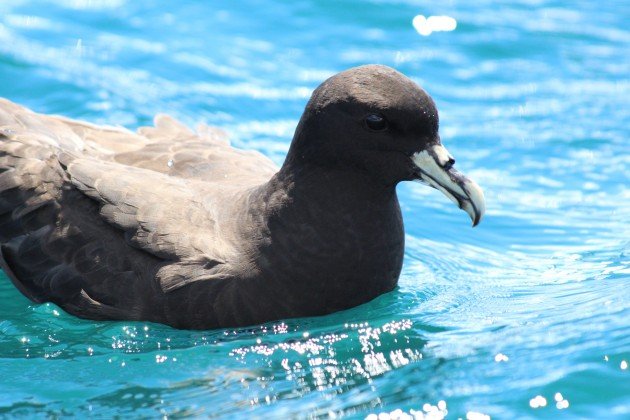
I’m not a big fan of working hard to separate birds. This isn’t just because I’m lazy. That’s part of it, for sure, and it wouldn’t do to just discount that idea, but it isn’t the whole story. It just seems to me that the harder you have to work for the bird, the more likely you are to get it wrong. I once worked with banders who used to use the ratio of the lengths of the primary projections (or some other voodoo like that) and an alchemical tome known as the Pyle Guide to separate some species. This spoke very clearly to me that people who claim to be able to separate these species in the field were either birding gods or delusional. Sometimes it is okay to just say “It’s probably a Marsh Tit, not a Willow, but I can’t be sure” or “You know, Bangkok has large numbers of both Chinese and Javan Pond Herons in identical winter plumage, you certainly saw both”.
That said, I do approve of easy ID tips, ones more useful that the fictional ways separate the Common or Short-toed Treecreeper or any of the Empidonax flycatchers. So I was quite pleased to learn how to separate two very similar looking petrels here in New Zealand this weekend. The Westland Petrel is a large endemic breeding seabird which has entirely black plumage. The White-chinned Petrel is also found around New Zealand, along with many other places. It also has pretty much entirely black plumage. There is the white chin, but for identification purposes, it is pretty much useless and the thing can only barely be seen at the best of times. They also molt at different times, which an help on the odd occasions you now which is doing which. But don’t worry! I’m here to show you how to separate them. It goes like this.
The White-chinned Petrel has a white-tipped bill. (If you squint you can see a tiny bit of white chin too)
The Westland Petrel has a dark tip to the bill.
Done and dusted, no ratios needed. Of course, a difference like this might be a little tricky if you see the birds from a wildly pitching deck far out at sea in poor light at a hundred meters (like separating prions based on their bill differences). Clearly it would be much better to watch these species at Kaikoura, where I watched these guys with Albatross Encounter, close to shore and with the birds close to the boat. I saw lots of other things as well, and I’ll report on that, but I felt the need to impart this important fact before I forgot it and these attractive petrels were again consigned to my “too hard to tell” pile. So go forth and separate these too petrels at will!















We have had people say that a tern is a Roseate Tern based on its “pinkish blush”…well actually everything in Broome has a “pinkish blush” thanks to the red dirt….even us! You need to be careful what you choose as the identifying feature around here! 🙂